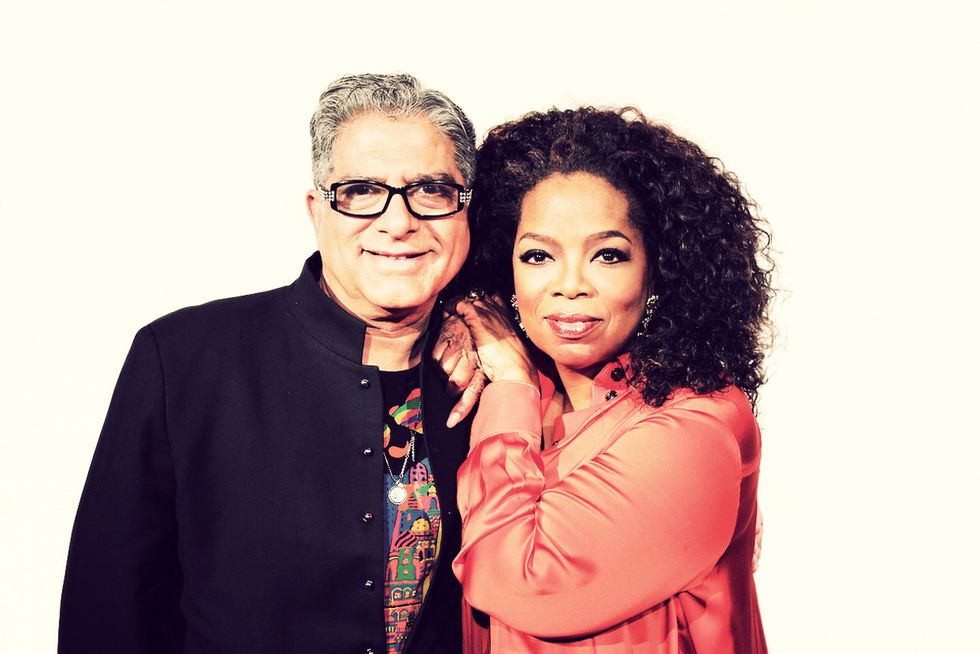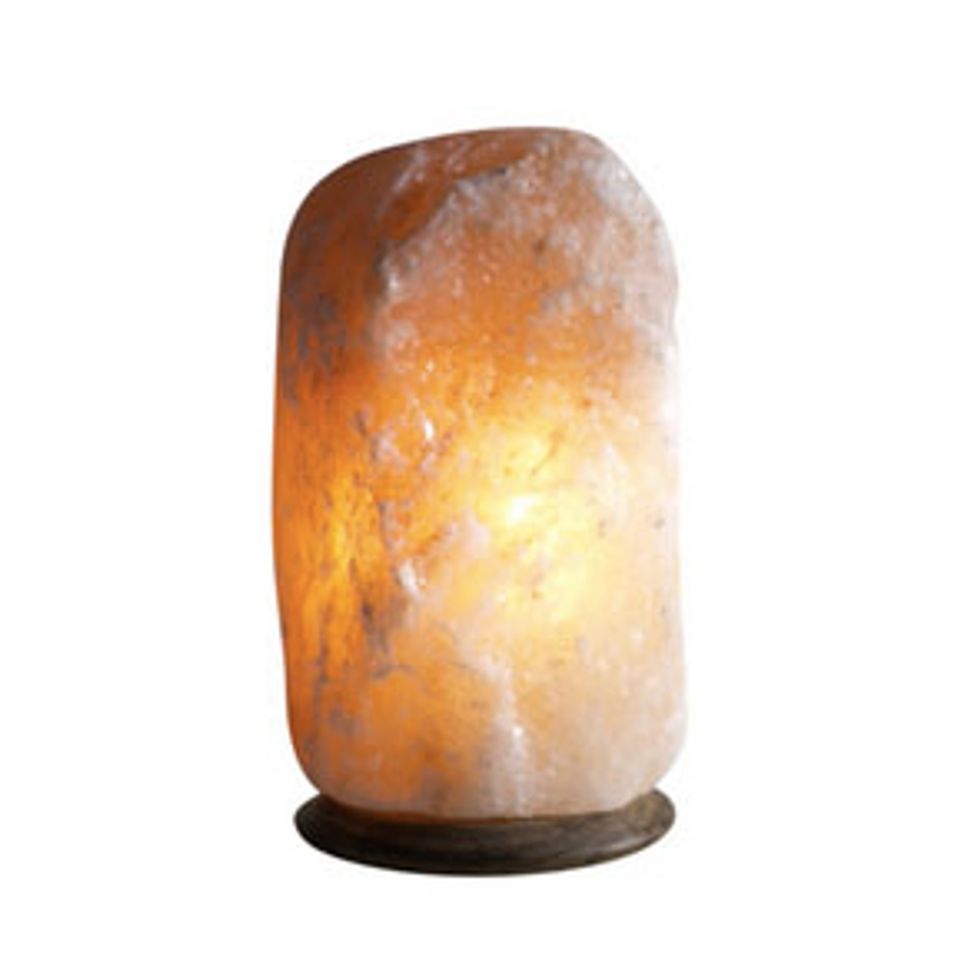How to Meditate: A Primer
Oprah’s go-to guru, Deepak Chopra, teaches us the ABCs of self-reflection.

We’ll be the first to admit it: “zen” is probably not on the top of our “describe yourself in three words” list. We mean, up until this point our version of getting in touch with our “spirits” has been more that of the liquor variety than a candle-lit meditation circle. But in the name of mid-year resolutions and Oprah’s Super Soul Sundays (we see that wordplay, O), we’ve vowed to go where many a better off person and Goop-type has gone before and jump on the mediation bandwagon.

In need of some enlightened expertise, we turned to none other than author and spiritual thought leader Dr. Deepak Chopra—otherwise known as Oprah’s go-to guru and partner in their 21-Day Meditation Experience, “Manifesting Grace through Gratitude.” The alternative medicine advocate, who just happens to call house visits with his note-worthy neighbors (ahem, Diddy) the norm, was kind enough to pass along his wisdom to us, shall we say, less esteemed admirers.
Oh, and in case Dr. Chopra’s CV didn’t already impress you enough, try giving his over four million social media followers a thought (insert praise emojis here).
On the ABCs of meditation:
“A basic [meditation] practice should involve reflection on: Who am I? What do I want? What is my purpose? A technique for quieting the mind that ultimately takes you to the source of thought, which is a field of pure potentiality.”
On the physical and mental benefits:
“Meditation slows down mental activity. The mind and body are not only connected but are integral to the slowing down of metabolic activity in the cells of the body, which gives them the opportunity for self-healing and self-regulation. This is called homeostasis in biology and is the mechanism of all healing.
Furthermore, meditation decreases inflammation in the body. Inflammation is felt to be a contributor to almost every chronic illness. Thousands of studies have shown that meditation decreases stress, improves cardiovascular health and improves emotional wellbeing. Stress hormones such as adrenaline and cortisol go down when there is activation of neurochemicals, such as serotonin, dopamine, oxytocin, and opiates. These neurochemicals not only act as anti-depressants, but also modulate and fine-tune the immune system. Research at our Chopra Center show that meditation increases the enzyme telomeres, which has anti-aging effects and activates the genes responsible for self-regulation and healing, while decreasing the activity of genes that contribute to chronic diseases such as diabetes, heart disease, and Alzheimers.”
On getting your "om" on:
“A mantra uses a Sanskrit sound that interferes with the thinking process and allows you to experience consciousness without thought content. Generic mantras such as ‘Om,’ ‘Ah-Hum’ and ‘Amen’ can also be used.”
On baby steps for beginners:
“Make a habit of spending 10 minutes a day observing your breath or sensations in your body without the need to use words. Also, use the 10 minutes to reflect on the above questions: Who am I? What do I want? What is my purpose?”
On how much time you need to meditate:
“Ideally 20 minutes twice daily, but even 5-10 minutes will reap benefits.”
On group vs. singular meditation:
“In a group the effects are magnified because consciousness acts like a field.”
On not having the time:
“If you are someone who says I don’t have the time, you are the one who needs it.”
—Naomi Nachmani








